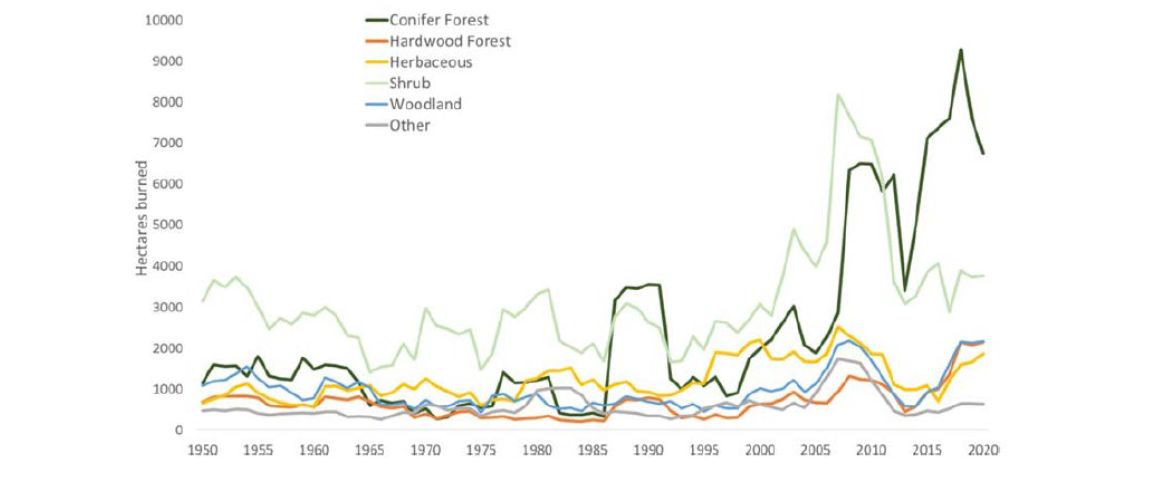Abstract: Broad discretion is granted at all levels throughout federal land management agencies regarding compliance with the National Environmental Policy Act (NEPA). We explored the diversity of procedures employed in NEPA processes across four agencies, the USDA Forest Service, the USDI National Park Service and Bureau of Land Management, and the U.S. Army Corps of Engineers, through document review and interviews with chief NEPA compliance officers, interdisciplinary team leaders, team members, and decision makers within the agencies. A lack of consistency is highlighted not only between, but also within, agencies with regard to how NEPA is perceived and implemented. This report focuses on how successful NEPA processes are defined within each agency and what strategies are perceived to be the most or least beneficial to positive NEPA outcomes. It also identifies unresolved questions about NEPA processes and presents a research strategy for addressing them.
View Full Report PDF >
Read More








